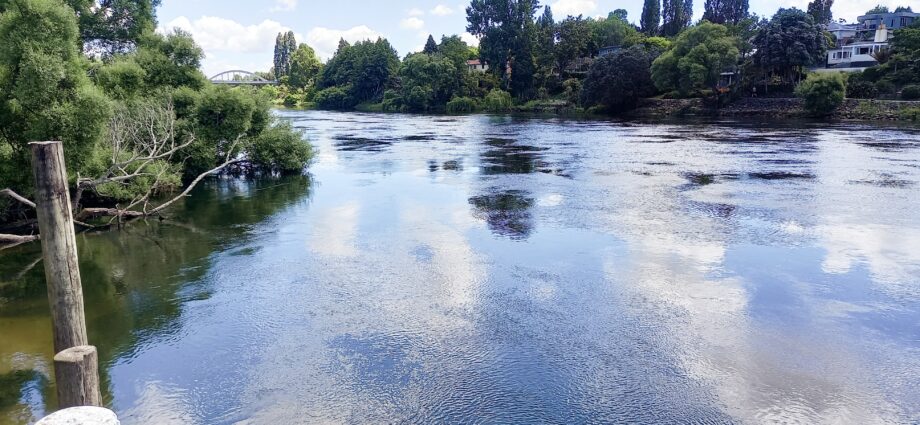I’m interested in broken systems, and I think that transport and urban planning are far too focused on road networks and traffic volumes, due to decades of habitual car-centric planning.
Bridget Doran
Introducing our Aotearoa-based New Zealand Correspondent Bridget Doran!
Here at Pedestrian Space we recently launched a Global Walkability Correspondents Network, as a way to build solidarity among walkability advocates around the world and continue to create media on sustainable mobility and urbanism.
We are grateful to welcome Bridget as Aotearoa Correspondent to our growing network of individuals who are passionate walkability advocates.
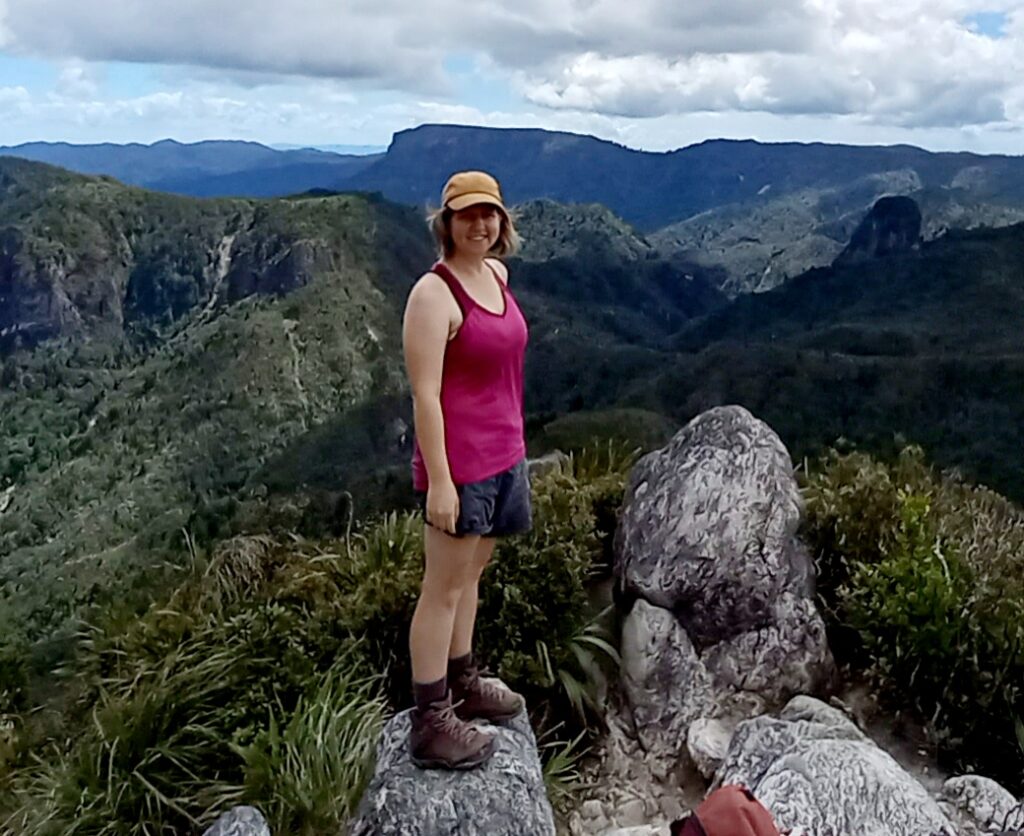
WHO
I’m a researcher and consultant engineer, interested in system change towards a survivable and joyful future. My academic background is in civil and transportation engineering, and cognitive psychology. I’m interested in how people think and behave, and particularly how transport practitioners think and behave, so that I can be part of nudging them to deliver better streets and places.
Walking is the most complex and most undervalued transport mode. Everyone has different motivations to walk, but its benefits – for personal mental and physical health, right through to community economic vitality – are huge.
BRIDGET DORAN
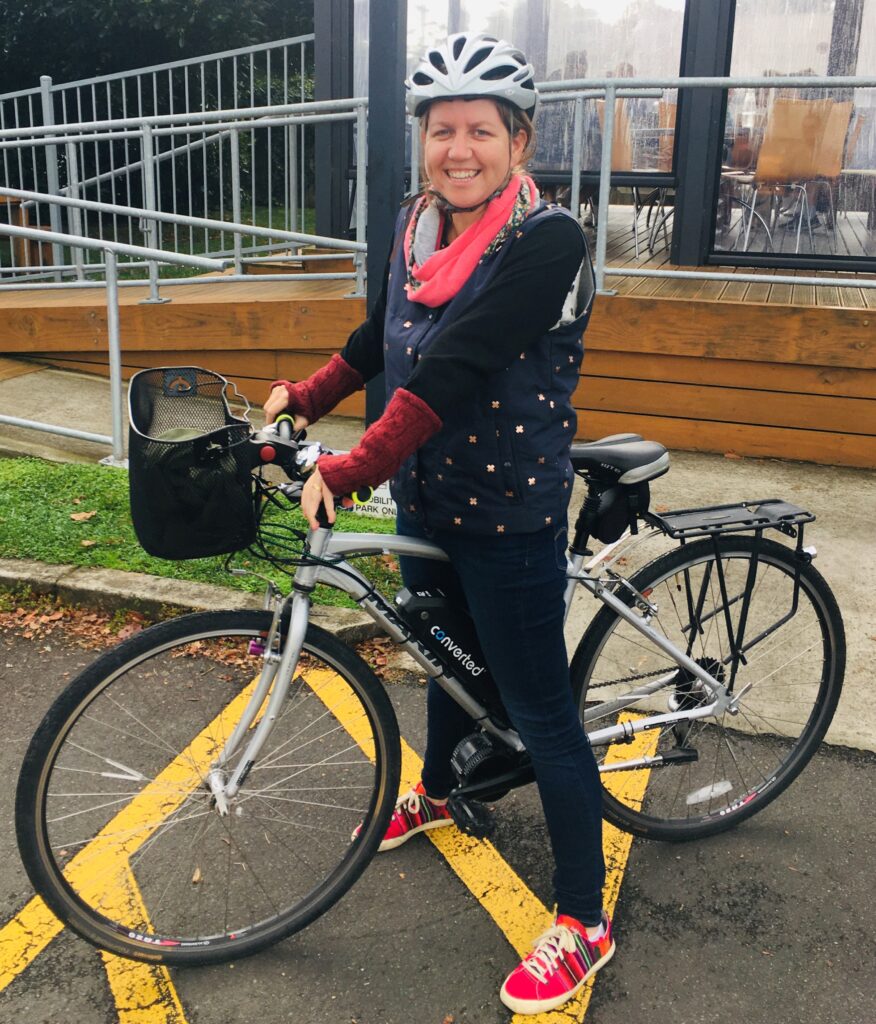
WHERE
I live in Hamilton, a small city in Aotearoa New Zealand. It’s a beautiful inland city. The country’s longest river passes through and we have growing networks of paths for walking and cycling along the river and into the countryside. Hamilton has a temperate climate and I enjoy our changing seasons. We are also fortunate to have an abundance of beautiful outdoors in New Zealand, and I enjoy hiking and camping in our native bush. We don’t have a very mature public transport network in New Zealand, with very few trains between cities, so there is a lot of driving here.
I’m interested in walkability because it’s the path to a survivable future, but also because it’s a complex multi-sector challenge to shift the way we deliver public infrastructure.
BRIDGET DORAN
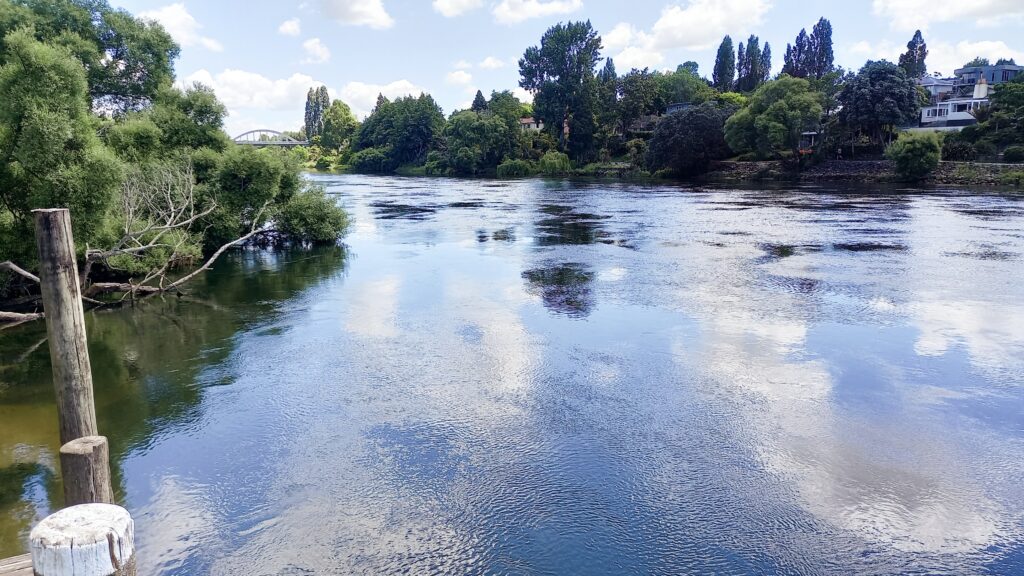
WHY WALKABILITY
Walking is the most complex and most undervalued transport mode. Everyone has different motivations to walk, but its benefits – for personal mental and physical health, right through to community economic vitality – are huge. I’m interested in broken systems, and I think that transport and urban planning are far too focused on road networks and traffic volumes, due to decades of habitual car-centric planning. So I’m interested in walkability because it’s the path to a survivable future, but also because it’s a complex multi-sector challenge to shift the way we deliver public infrastructure. A hugely rewarding niche for a career.
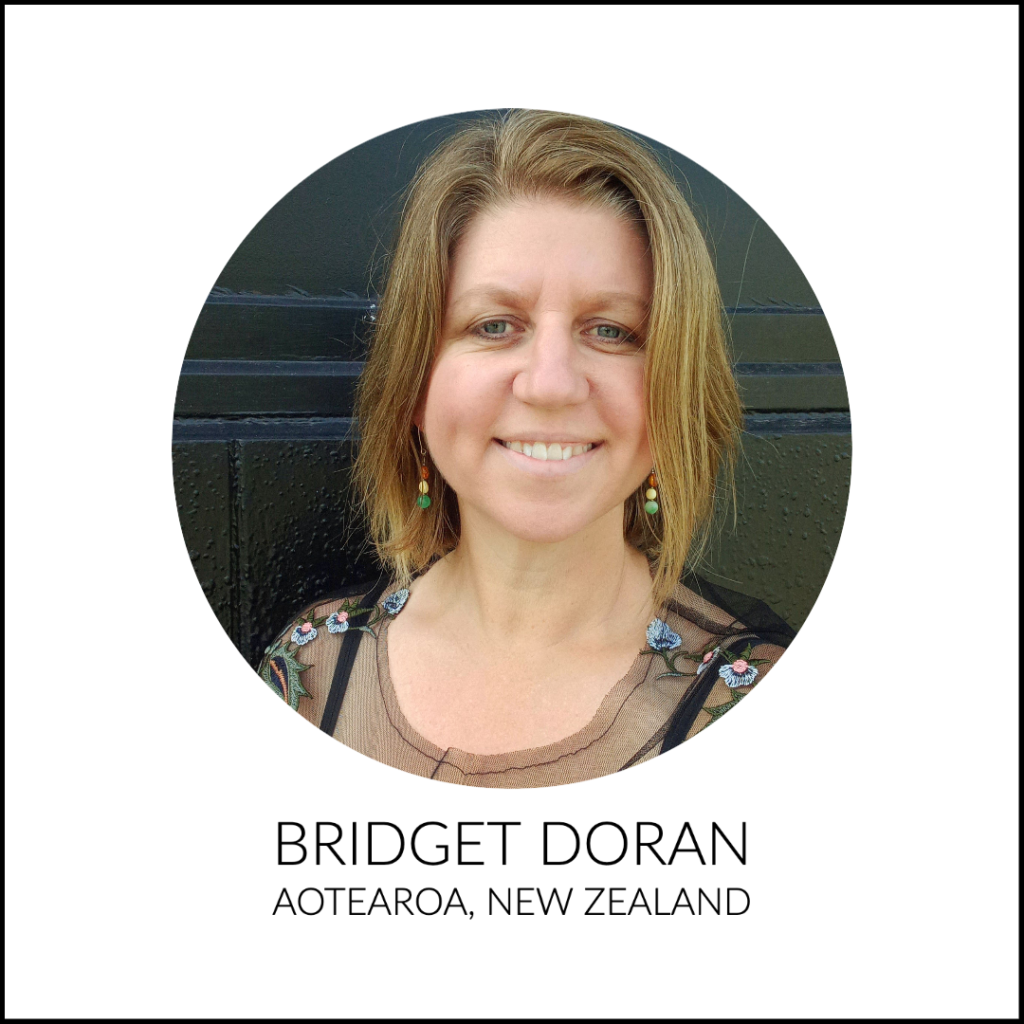
Bridget is a transport engineer and researcher in Aotearoa, New Zealand. She works on research, policy and urban planning, with a focus on equity, inclusion and promoting walking and cycling.
Read Aotearoa Correspondent Bridget’s content here
Learn more about the Global Walkability Correspondents Network here

